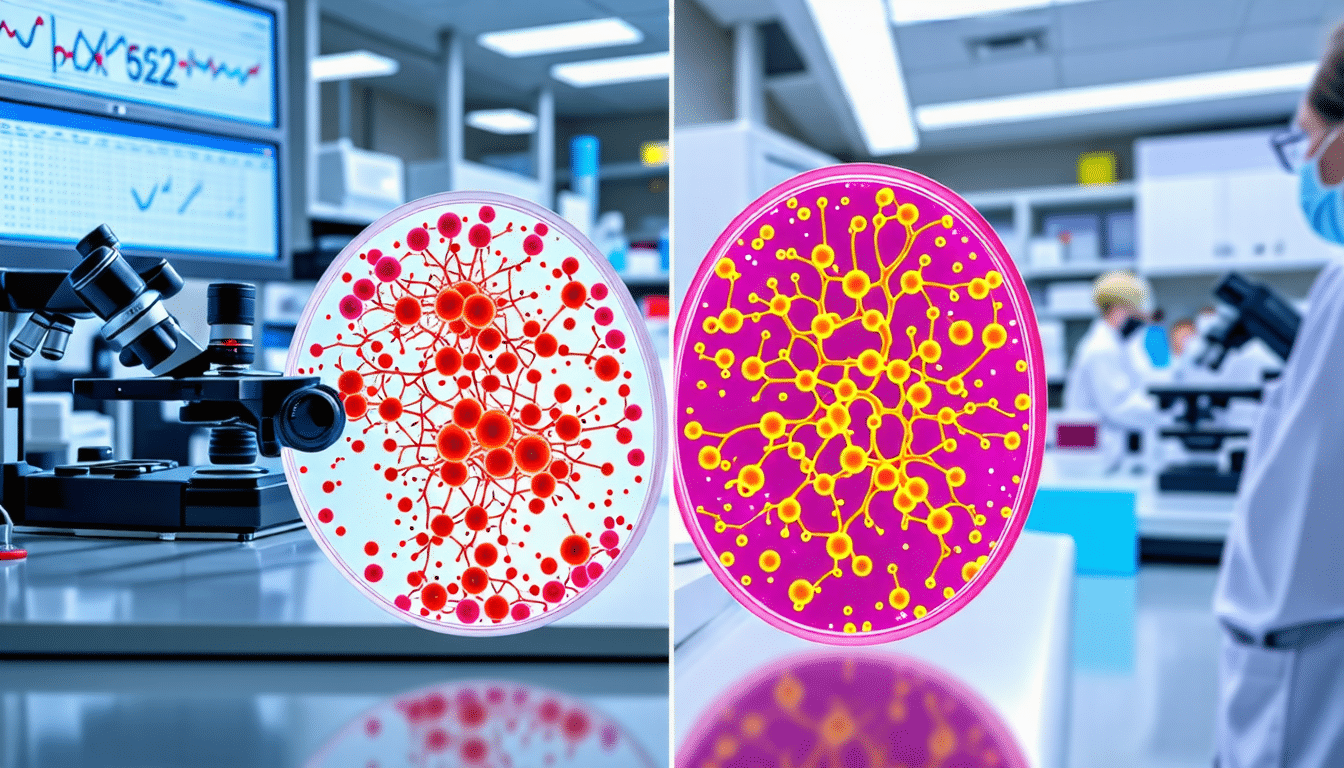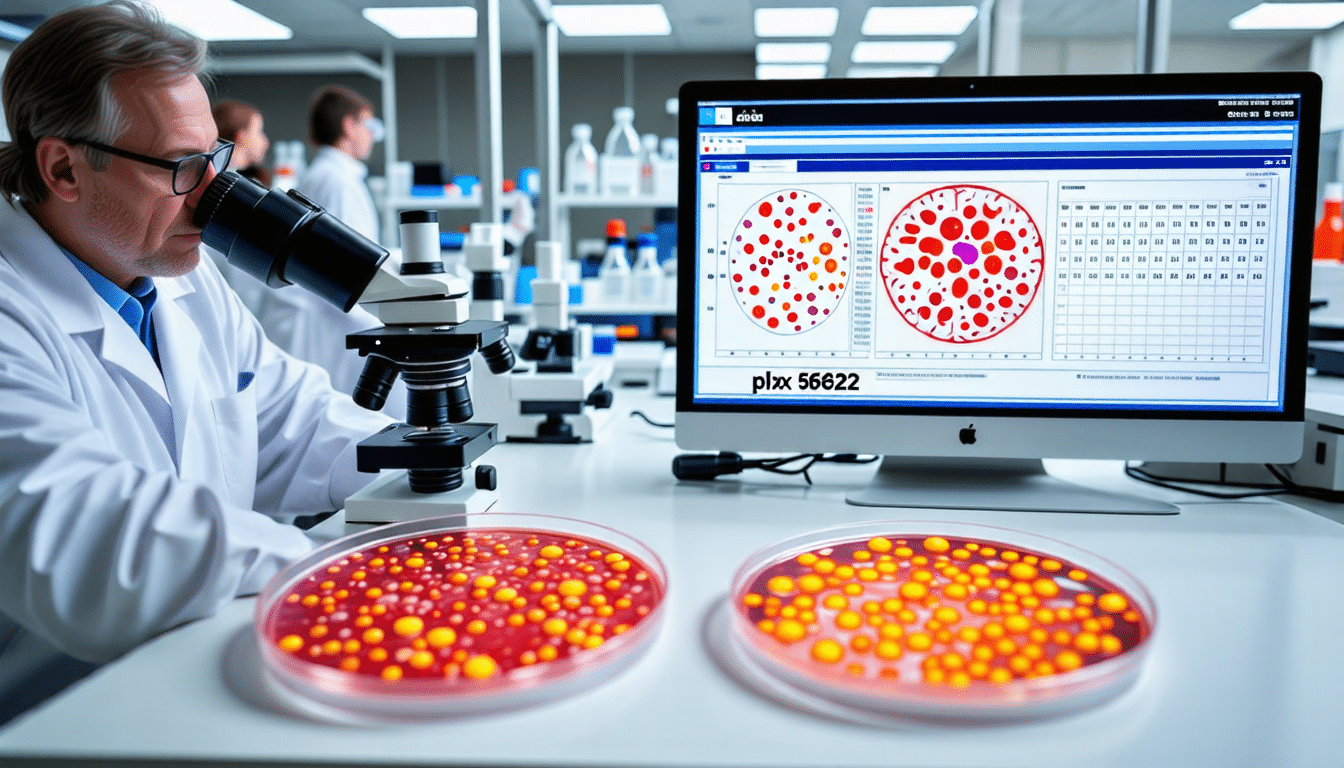In the intricate realm of neurodegenerative research, a fascinating narrative unfolds around the therapeutic potential of the CSF1R inhibitor PLX5622. This compound has shown promise in reducing the inflammatory response of microglia, the innate immune cells residing in the brain, particularly within an Alzheimer’s disease mouse model. When administered over a short term, PLX5622 effectively depletes a significant percentage of these cells, allowing for the emergence of a less inflammatory microglial population. Such an approach could herald a new dawn in the strategies employed to combat the pervasive scourge of neuroinflammation and the subsequent synapse deterioration so rampant in Alzheimer’s pathology.
Recent research highlights the potential of PLX5622, a CSF1R inhibitor, in reducing inflammatory microglia in an Alzheimer’s disease mouse model. By depleting around 65% of microglial cells in the hippocampus and cerebral cortex of 5xFAD mice, a diet enriched with PLX5622 over a short term of ten days facilitates the regeneration of microglia with a less inflammatory profile. This shift includes reduced formation of NLRP3 inflammasome complexes and decreased mTOR signaling. Although immediate improvements in Alzheimer’s pathology are not evident, the research sheds light on the modulation of microglial activation, suggesting a promising approach for addressing neuroinflammation.

Table of Contents
Toggleplx5622’s role in mitigating inflammatory microglia
In the complex landscape of neurodegenerative diseases, Alzheimer’s stands as a formidable challenge. Recent advancements have spotlighted the inflammatory dysfunction of the brain’s innate immune cells, known as microglia, as significant contributors to neurodegenerative conditions. Studies have explored the effectiveness of CSF1R inhibitors like PLX5622, which facilitate the clearance of these volatile microglia from the brain. Remarkably, just a few weeks of treatment can lead to a substantial reduction in microglial populations, which eventually regenerate. Notably, the newly regenerated microglia exhibit reduced inflammatory properties, offering a glimpse of hope in managing Alzheimer’s pathology.
short-term inhibition and hippocampal impact
In ongoing research, the impact of short-term administration of CSF1R inhibitors such as PLX5622 has shown intriguing results. Primarily conducted on a 5xFamilial Alzheimer’s Disease (5xFAD) mouse model, the short duration of ten days resulted in about a 65% depletion of microglia within the hippocampus and cerebral cortex. During this crucial ten-day window, the study found these residual microglia adopted a noninflammatory phenotype with a noticeable decrease in key inflammation markers. More specifically, the presence of inflammasome complexes and elevated signaling pathways associated with neuroinflammation were significantly reduced.
potential pathways for long-term therapeutic effects
The findings on PLX5622’s impact reveal promising directions for long-term Alzheimer’s treatment strategies. It’s crucial to understand that while short-term CSF1R inhibition didn’t substantially affect amyloid-beta plaques or levels of Aβ-42, its value lies in promoting microglial homeostasis and enhancing autophagy within neurons. By reducing mTOR signaling pathways, there is an enhanced cleanup process allowing for a positive homeostatic environment in the hippocampus. Future studies extending these findings could uncover sustainable intervention strategies for those in the nascent stages of Alzheimer’s, further enhancing the quality of life through strategic neuroinflammation management.





